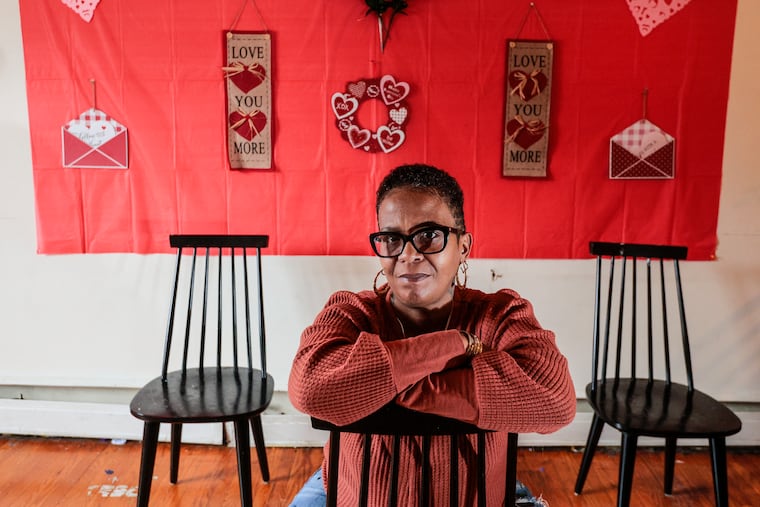After three years, emergency SNAP allotment ends
For Charmaine N. Benson, a teacher’s aide who is currently on disability, it means food stamps will go back to lasting two weeks instead of three and she’ll have to rely on city food banks.

With the additional $95 a month she received from the Supplemental Nutrition Assistance Program (SNAP) emergency allotment (EA) program since 2020, Charmaine N. Benson has been able to use her extra food stamps to buy another two to three days’ worth of higher-quality groceries.
However, that pandemic-fueled boost to food stamps was always designed to be temporary.
For Pennsylvania and 31 other states, the end has finally come even if need remains high.
Starting in March, food stamp recipients will no longer see a second payment or emergency allotment in their accounts. While President Joe Biden is set to declare the pandemic officially over in May, food insecurity is expected to continue rising, putting increased pressure on local food banks and neighborhood food pantries.
» READ MORE: Getting SNAP shoppers online is a win for food security and superstores. For corner stores and bodegas, not so much
“The lines already increased dramatically just because people knew benefit cuts were impending,” said J. Jondhi Harrell, founder and executive director of TCRC Community Healing Center, which runs three weekly food giveaways across the city.
With demand at his pantries skyrocketing, Harrell said he is searching for new food sources and more volunteers to help keep up with skyrocketing demand. “We are going into Delaware and Montgomery Counties to access more food sources.”
» READ MORE: TCRC Community Healing Center started distributing food during the pandemic. Demand is still high.
“Over the past year, we’ve already seen a 70% increase in the number of people turning to our locations for food assistance. With food costs up, and now SNAP payments getting cut, we’re worried many more families will not have enough to eat,” said Jessica Bautista, spokesperson for Share Food Program, a food supplier for food pantries.
“It’s the perfect storm,” she added.
“What if food banks weren’t around?” Benson said. “You would have to make a decision between a big breakfast and a big dinner. No one wants to look a child in the face and say, ‘I don’t have it.’”
In Pennsylvania about 9% of households are considered food insecure. Benson is all too familiar with the calculus that comes with using the food stamps benefit, which, according to the Center on Budget and Policy Priorities, comes to about $6.10 per person per day.
At the beginning of the month, when she has just gotten her full allotment of food stamps — she likes to whip up her favorite family meal of fried chicken, macaroni and cheese, greens, and corn bread.
By the middle of the month, when her food stamps have run out, she has to find a way “to make do.”
That includes shuffling spending priorities, buying cheaper, less healthy groceries, using recipes that are food stretchers and relying upon food banks.
» READ MORE: Where to find food pantries around Philadelphia, the suburbs, and South Jersey
While it lasted, Benson’s emergency allotment made a difference. “I never wanted to get used to it,” she said. “I knew that it was going to end but like I said, you can’t dwell on it. I don’t like it, but my hands are tied. I am losing a resource.”
For Benson, a teacher’s aide who is currently on disability, it now means her food stamps will go back to lasting two weeks instead of three and her dependence on the city’s food banks will grow.
According to the Coalition Against Hunger, there are about 700 pantries and soup kitchens across Philadelphia. The organization manages a SNAP hotline for people who need help navigating the food stamp system and maintains a list of food pantries.
“There are two critical needs in this city — the rise in violence and the rise in food insecurity,” Harrell said.